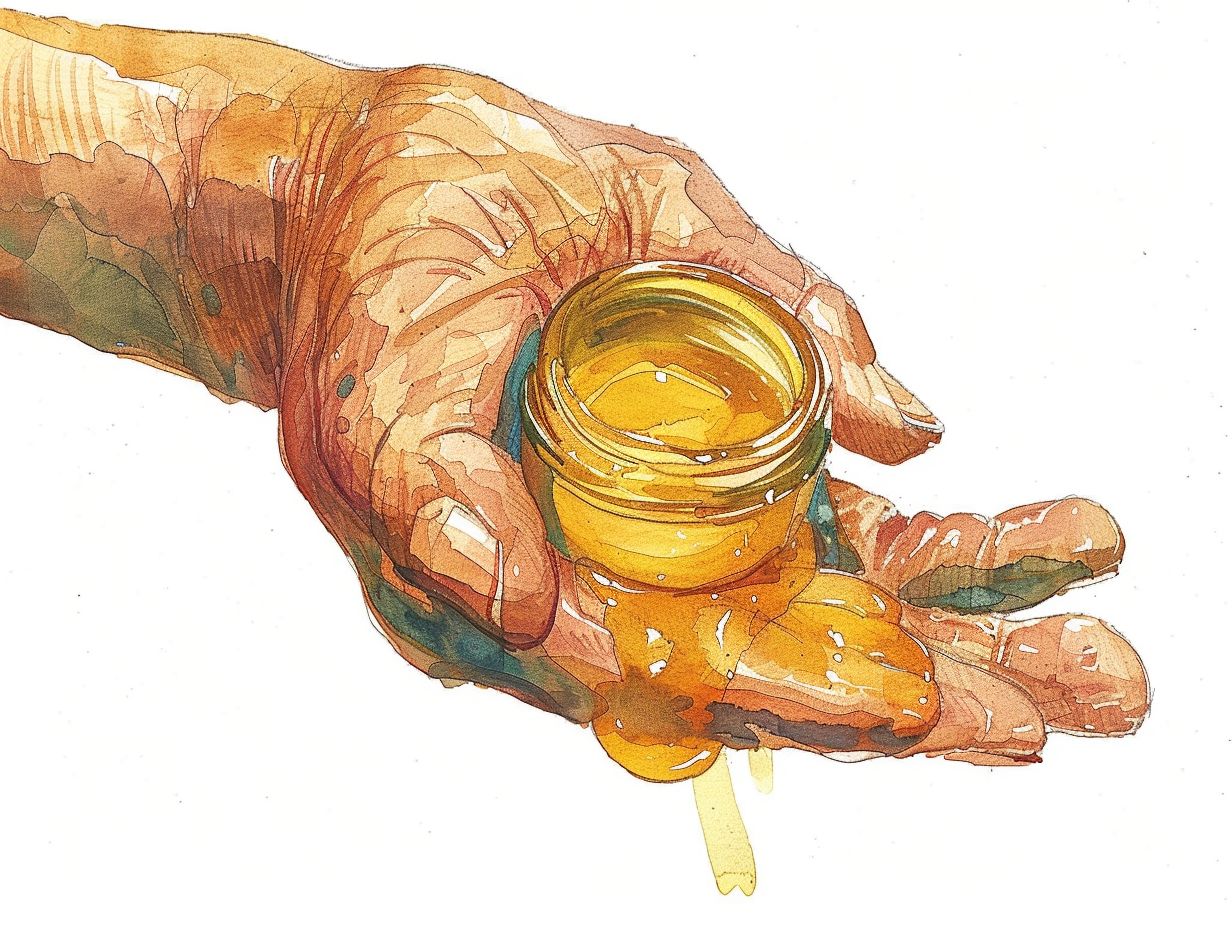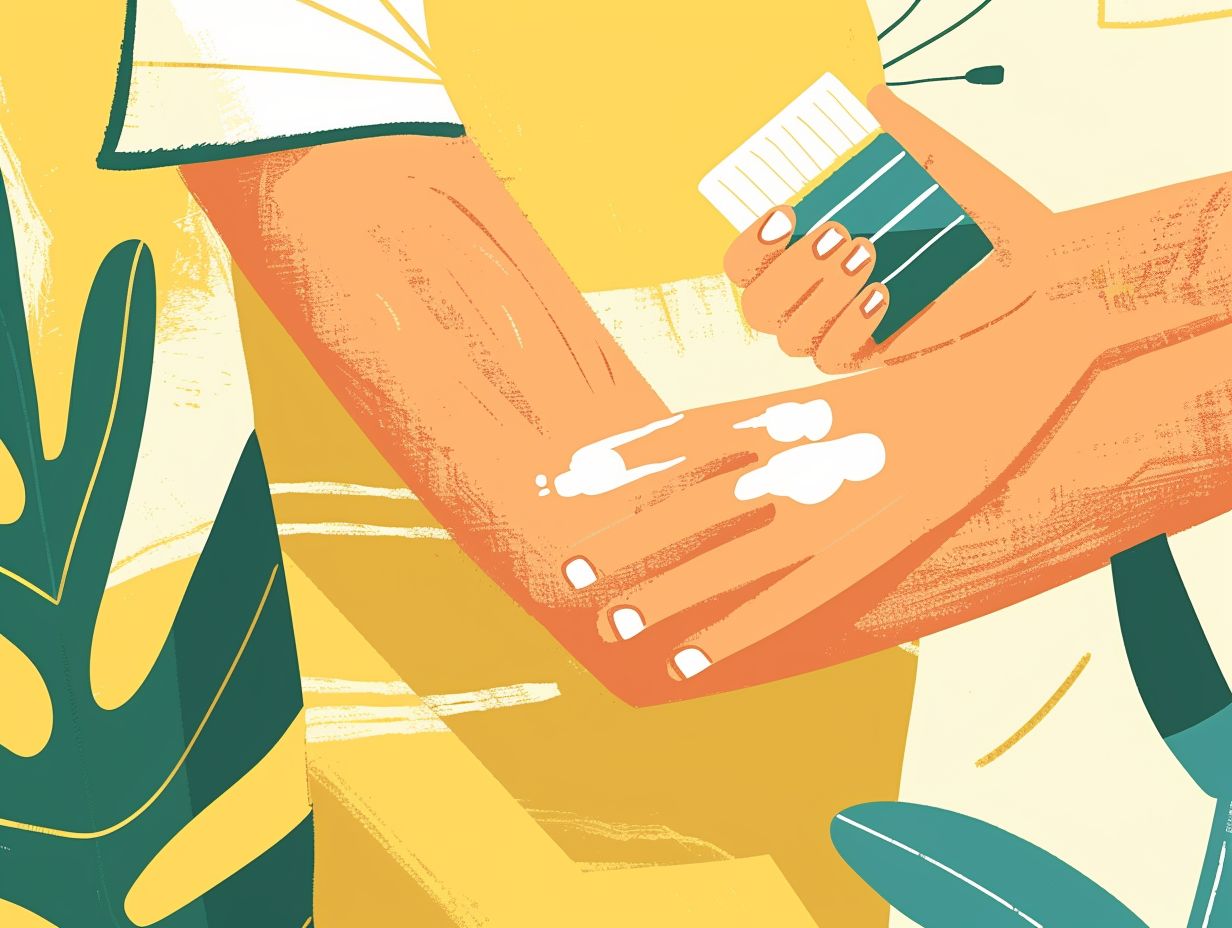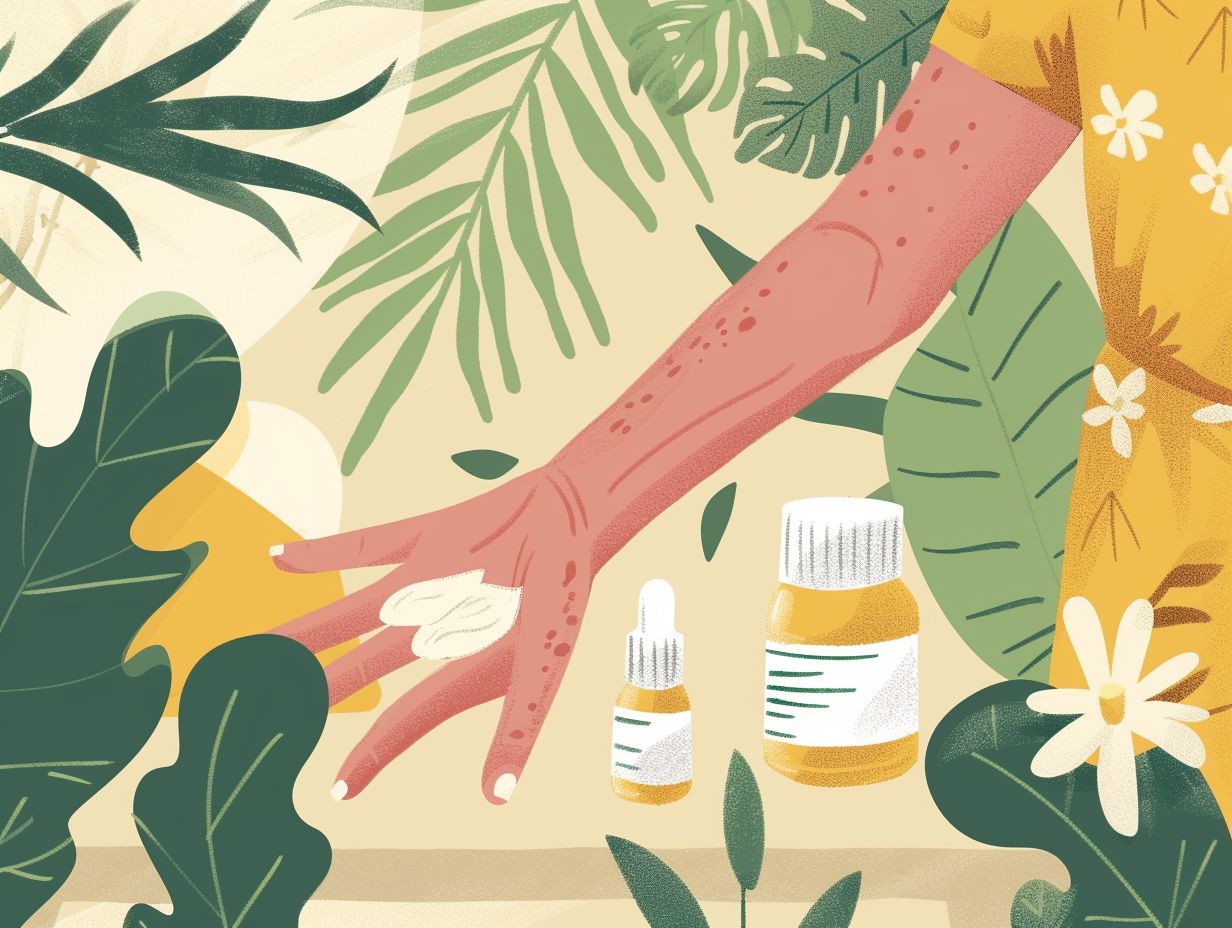If you’re looking to naturally boost your testosterone levels, you’ll want to check out these top 10 herbs known for their testosterone-enhancing properties.
From Ashwagandha to Pine Bark Extract, each herb brings something unique to the table that can help support hormonal balance. Find out how you can incorporate these herbs into your routine with supplements, teas, or even cooking.
Explore how these powerful herbs can assist you in achieving optimal testosterone levels and overall well-being.
What Are the Best Herbs for Increasing Testosterone?
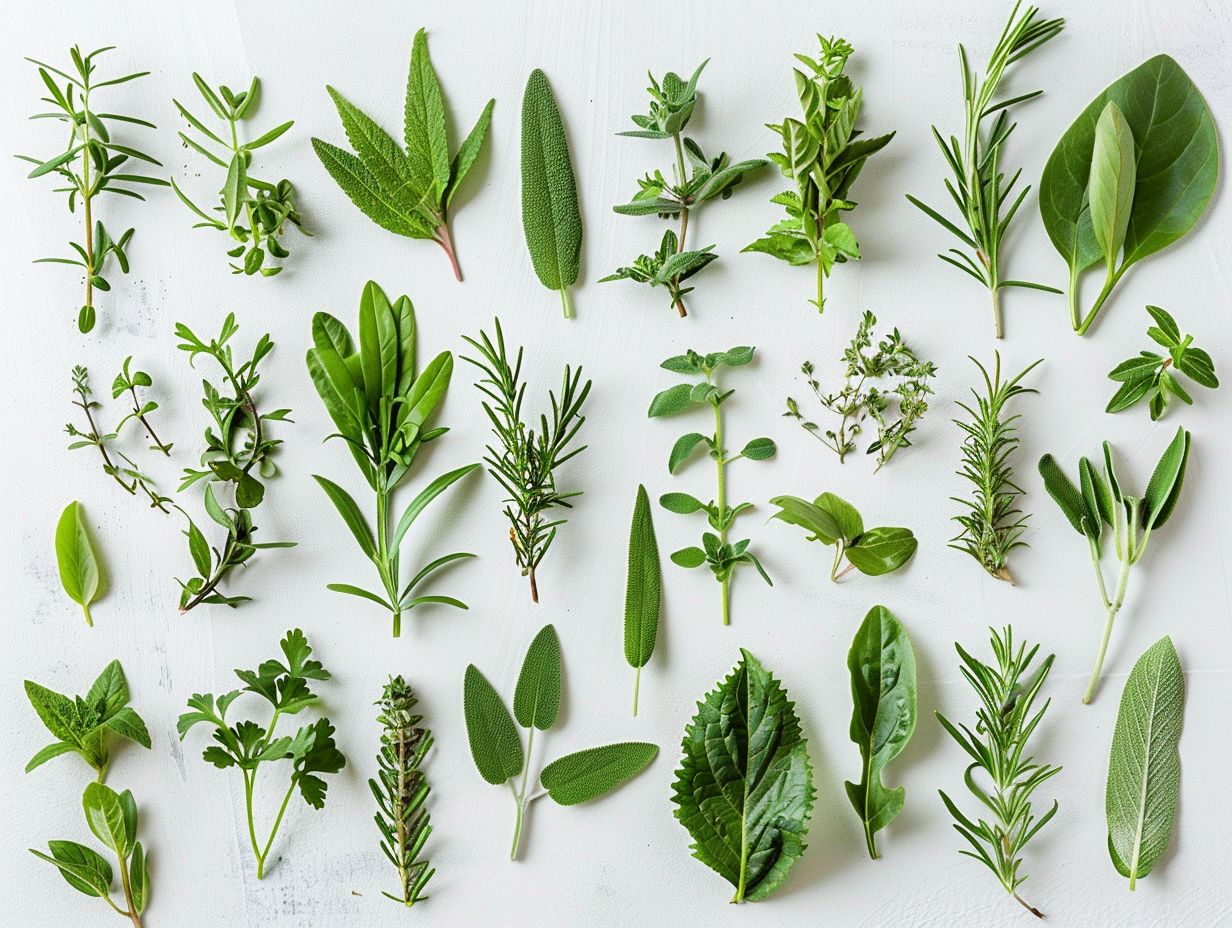
Regarding increasing testosterone levels naturally in men and supporting overall health and vitality, incorporating the best herbs into your daily routine can be highly beneficial.
You should know that plant-based remedies have a positive impact on men’s health, especially when it comes to boosting libido and providing essential hormonal support. Herbs like Tribulus Terrestris, Ashwagandha, and Maca are well-regarded for their ability to enhance testosterone production and improve overall well-being.
By adding these natural remedies to your diet or taking them as supplements, you can experience a gradual increase in energy levels, muscle strength, and mental clarity. These herbs offer a safer and more sustainable approach compared to synthetic alternatives, ensuring long-term health benefits.
1. Ashwagandha
You know, Ashwagandha is one powerful herb that’s all about giving your testosterone levels a natural boost and revving up your overall vitality, especially for the guys like you.
When you bring Ashwagandha into your daily routine, research shows that it can really amp up your libido and give your muscles some extra oomph. The usual recommended dose for ashwagandha supplements falls somewhere between 300mg to 600mg daily. This plant-based supplement comes in different forms like capsules, powders, and tinctures, so you’ve got options to pick what suits you best. With its adaptogenic properties, Ashwagandha not only helps balance your hormones but also fights off stress and promotes your overall well-being. It’s like the herb that does it all!
2. Tribulus Terrestris
You know that Tribulus Terrestris is a popular herb that’s well-known for its ability to boost testosterone levels and help balance hormones in men. This natural remedy is often used because it’s believed to naturally ramp up testosterone production, which is key for men’s overall health and happiness.
By promoting that sweet hormonal equilibrium, Tribulus Terrestris can help with things like stamina, muscle growth, and just feeling great overall. Lots of guys swear by it for amping up their libido and performance in the bedroom. With its natural properties, this herb seems like a solid choice for anyone looking to safely and effectively boost their testosterone levels and maintain good hormonal health.
3. Fenugreek
You should check out fenugreek—it’s a powerful herb that people have been using for ages to help maintain healthy testosterone levels and amp up male vitality and performance.
This herb has a solid reputation for supporting men’s health by keeping hormones in check and promoting overall well-being. If you’re looking for a natural way to rev up your sex drive and boost your physical performance, fenugreek is the way to go. It’s all about that testosterone regulation, which could mean more energy, muscle power, and endurance for you. Adding fenugreek to your diet or supplement routine could be just what you need to give your reproductive health and vitality a little extra boost.
4. Ginger
You should consider adding ginger to your diet because it’s not just tasty but also offers some great benefits for your health, especially when it comes to supporting testosterone levels and boosting your vitality.
In the world of alternative medicine, ginger is like a superhero for men’s health. It’s known for its superpower to crank up testosterone production, which is key for keeping you feeling energized and in good shape. Research has shown that the active ingredients in ginger can give your endocrine system a little nudge, leading to a boost in your sex drive and better performance in the bedroom. Whether you sprinkle it in your meals or take it as a supplement, adding ginger to your routine can give you a natural and all-around boost in keeping your hormones balanced and your health in top form.
5. Horny Goat Weed
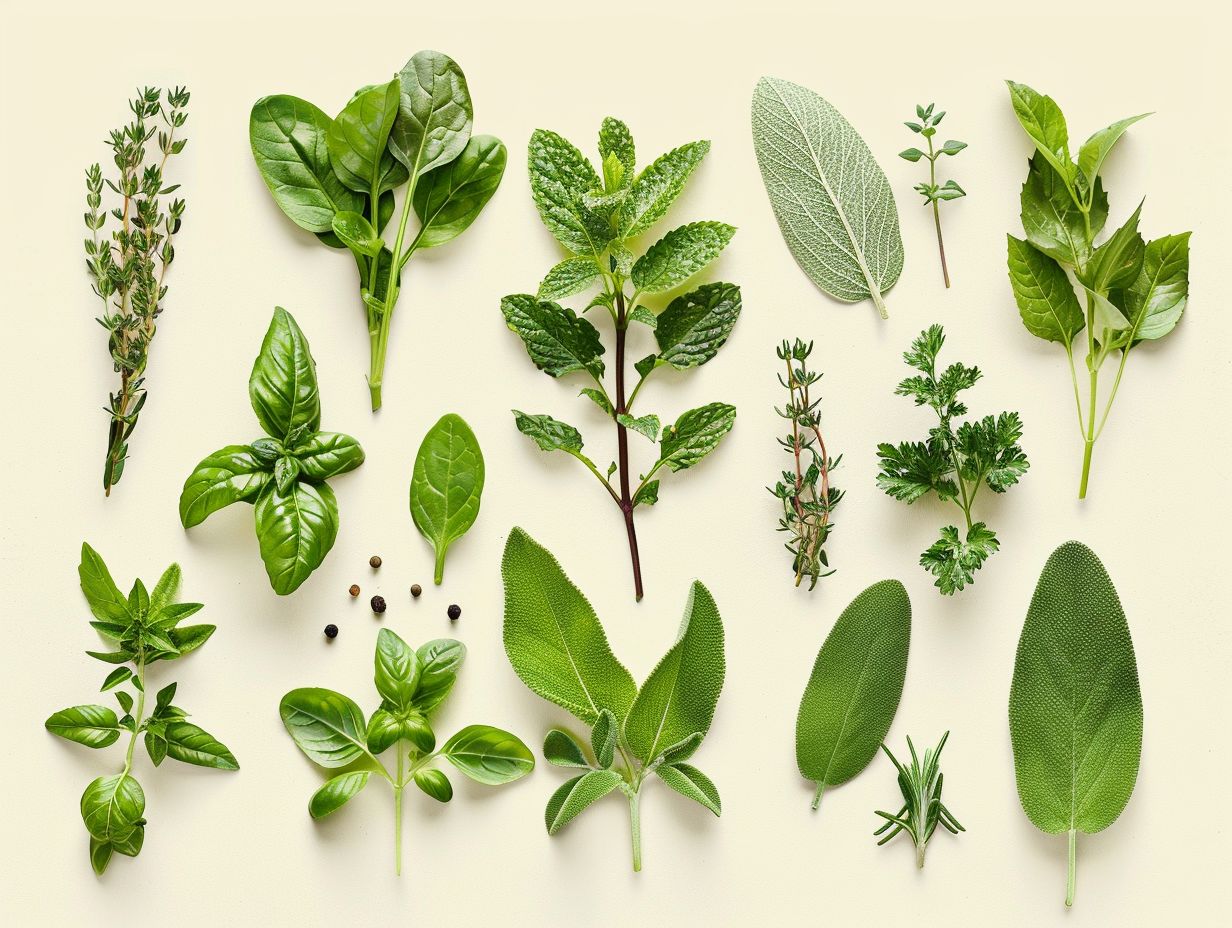
You should consider trying Horny Goat Weed, a popular herb known for its ability to boost testosterone levels, enhance libido, and improve overall vitality in men.
This potent herb, also called epimedium, is packed with active ingredients that help increase blood flow to specific parts of the body, especially those crucial for sexual function. By enhancing circulation and oxygen levels, Horny Goat Weed might help improve physical performance, stamina, and energy. Its natural compounds could also help balance hormone levels, which is key for maintaining healthy testosterone levels. If you’re looking for a natural way to support your vitality and libido, Horny Goat Weed supplements could be a strong and effective option.
6. Mucuna Pruriens
You need to check out Mucuna Pruriens, a natural herb that’s all about regulating your testosterone levels, keeping your men’s health in check, and giving you a hormonal boost.
This herb packs a punch with a compound called L-DOPA, which is like the secret sauce for boosting testosterone production in your body the natural way. By helping to balance your hormone levels, Mucuna Pruriens is your go-to for keeping your energy up, maintaining muscle mass, and just feeling alive and kicking.
Plus, it’s known for being an adaptogen, meaning it helps your body deal with stress and might even lower those cortisol levels, which can work wonders for your testosterone. If you start adding Mucuna Pruriens to your healthy lifestyle routine, you’re looking at better hormonal balance and an all-around boost in well-being.
7. Tongkat Ali
You should consider trying Tongkat Ali, a plant-based herb that’s been around for ages, known for boosting testosterone levels, enhancing male performance, and increasing vitality.
In the world of traditional herbal medicine, Tongkat Ali has always been a go-to for naturally balancing hormones and improving overall well-being. Because it’s plant-based, Tongkat Ali is a top pick for anyone looking for natural alternatives to artificial supplements. People all over the world have been loving its energy-boosting perks, especially for supporting male sexual health and keeping energy levels up.
The long history of Tongkat Ali as an herbal remedy shows just how important it is for maintaining optimal testosterone levels, which are key for improving male performance and vitality.
8. Panax Ginseng
You can’t go wrong with Panax Ginseng, the superstar herb that comes packed with a ton of benefits. It’s a real MVP when it comes to boosting testosterone levels, revving up your libido, and keeping your health in tip-top shape.
If you’re looking to up your game and boost your vitality and energy, Panax Ginseng is the way to go. By adding Panax Ginseng supplements to your daily routine, you can see a real difference in your hormone levels, leading to a spiced-up libido and better performance in the bedroom. Plus, this herb has some serious stress-busting powers and can help boost your overall well-being. Stick with it, and you’ll be feeling more energized, sharper, and just plain healthier overall.
9. Saw Palmetto
You should consider adding Saw Palmetto to your health routine! This herb is like a superhero for regulating testosterone levels in men and keeping things in balance. Especially if you’re dealing with issues related to benign prostatic hyperplasia (BPH) – it’s got your back.
Saw Palmetto doesn’t mess around when it comes to maintaining healthy testosterone levels. It can help boost your energy, muscle mass, and overall zest for life. Plus, its anti-inflammatory powers can work wonders for reducing prostate inflammation and supporting your overall well-being.
If you’re tired of dealing with frequent bathroom trips or pelvic discomfort, give Saw Palmetto a try. Many guys have found relief from these pesky symptoms by making this natural supplement a part of their daily health routine.
10. Pine Bark Extract
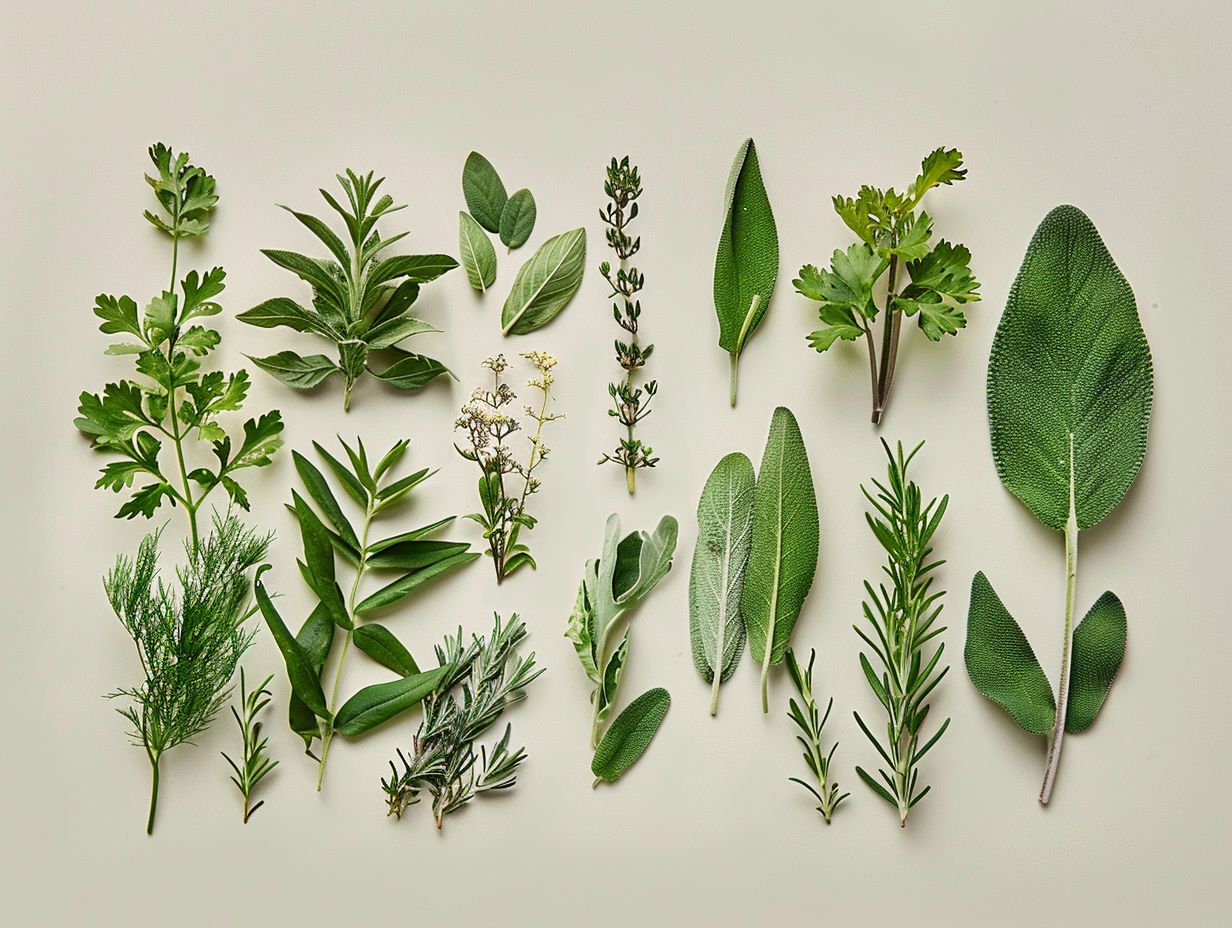
You should consider Pine Bark Extract as a natural supplement that has the potential to boost your testosterone levels, improve your overall health, and give you an extra dose of vitality.
Studies point to the plant-based properties of Pine Bark Extract as being key in maintaining healthy testosterone levels and promoting your general well-being. The antioxidants found in this extract could have a positive impact on your libido and sexual health. Research even suggests that Pine Bark Extract might help in reducing oxidative stress, a common issue that pops up with age. By making Pine Bark Extract a regular part of your routine, you could see improvements in your cardiovascular health and cognitive function. It’s a versatile option for guys like you who want to naturally boost their vitality.
How Can These Herbs Be Used to Boost Testosterone?
You can tap into the power of these herbs to give your testosterone levels a natural boost. Whether you choose to take supplements, brew some tea, or sprinkle them into your cooking, these herbs have got you covered.
Supplements that include herbs like fenugreek, ashwagandha, and tribulus terrestris are popular choices for supporting testosterone production. Just remember, it’s important to stick to the recommended dosage to steer clear of any unwanted side effects.
If you prefer a more relaxing approach, try brewing some herbal teas for a calming way to reap the benefits of these herbs. Just be mindful of any potential interactions with medications and make sure to follow safety guidelines.
For the culinary adventurers out there, why not get creative in the kitchen and experiment with adding these herbs to your dishes? Not only will they enhance the flavor, but they might also give your testosterone levels a little boost. Just a heads up, it’s always a good idea to chat with a healthcare professional before making these herbs a regular part of your routine to play it safe.
1. Supplements
Regarding boosting your testosterone levels, supplements offer a handy way to get those herbs into your daily routine and really make them work for you.
If you’re thinking about how much of these supplements to take, it’s important to stick to the recommended doses for safety and effectiveness.
Before diving into any new supplement routine, it’s smart to chat with a healthcare provider – they’ll give you personalized advice based on your health needs.
Keeping up with your healthcare provider can help track your progress and tweak things as needed to get the most out of those herb supplements for your overall health.
2. Tea or Infusions
Infuse these herbs into teas or create herbal infusions for a soothing and holistic boost to your testosterone levels and overall health.
When you incorporate plant-based remedies into your daily routine, you can tap into the natural properties of these herbs to promote hormonal balance in a gentle and sustainable way. Herbal teas take a holistic approach that not only targets specific health issues but also nurtures your overall well-being, fitting in perfectly with a balanced lifestyle. By embracing herbal infusions as part of your wellness routine, you’re giving your body a gentle yet powerful way to support its natural functions and boost your vitality.
3. Cooking with Herbs
Adding these herbs to your culinary creations will not only enhance the flavor of your dishes but also provide a practical way to support your testosterone levels and improve your overall health.
By incorporating these herbs into your daily cooking routine, you can effortlessly infuse your meals with a boost of vitality and wellness. For example, herbs like parsley and garlic contain properties that help regulate hormone levels, leading to enhanced overall well-being. Using these herbs isn’t just about functionality; it also adds depth and richness to your dishes, making healthy eating more enjoyable and sustainable.
Embracing these herbs as part of your culinary repertoire can be a simple yet effective step towards optimizing your health and vitality.
How Can You Incorporate These Herbs into Your Daily Routine?
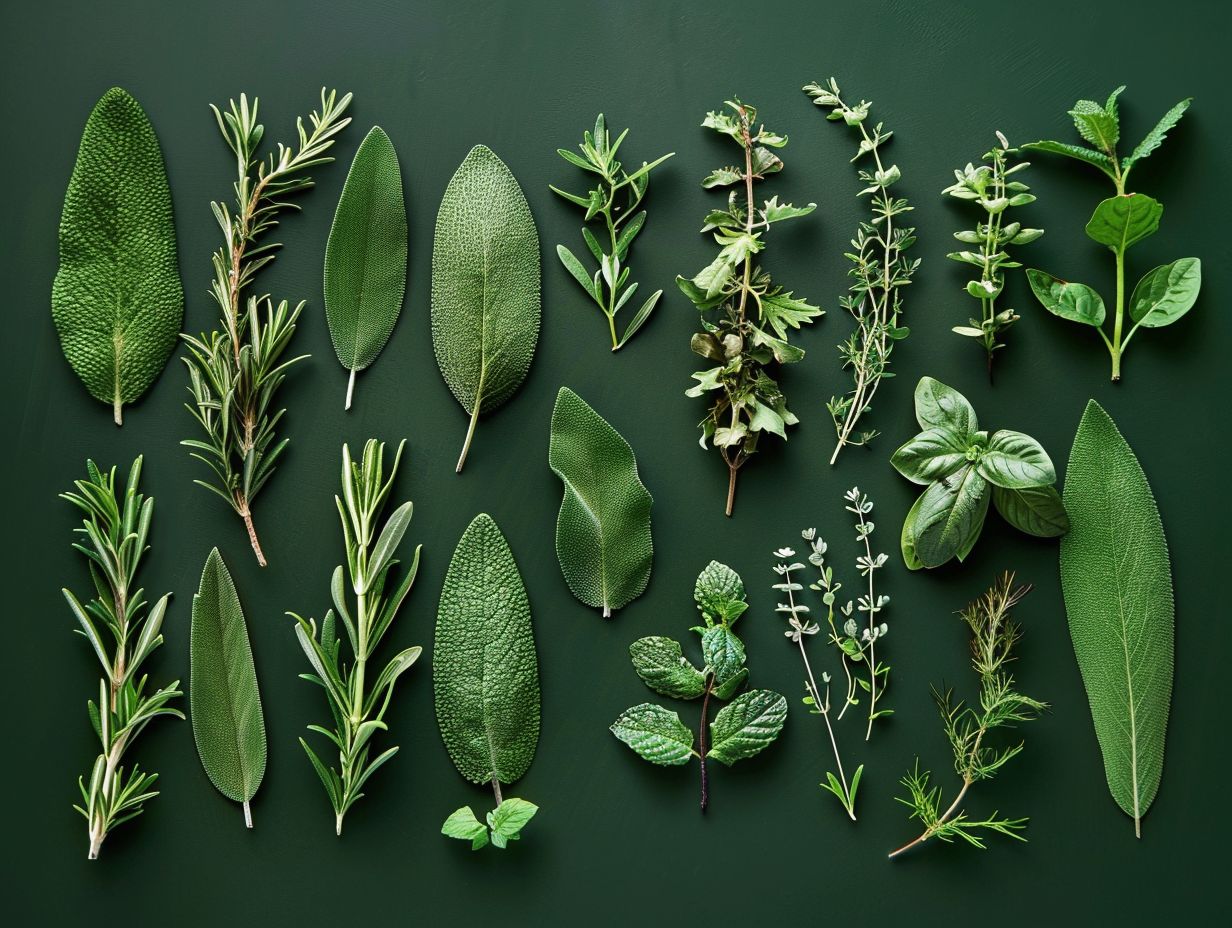
If you want to support your health and vitality as a guy, try incorporating these testosterone-boosting herbs into your daily routine. You can easily add them into your life with a few simple steps.
Consider sipping on a cup of ashwagandha-infused tea each day or throwing some tribulus terrestris powder into your morning smoothie. Don’t forget about fenugreek – toss it into your cooking, like adding it to curries or stir-fries, for a flavorful way to enjoy its benefits. And for a relaxing bedtime routine, think about trying herbal supplements like maca root or ginseng to boost your well-being and testosterone levels. These small changes can have a big impact on your health in the long haul.
Additional Resources About Food
Frequently Asked Questions
1. What are the best herbs for increasing testosterone levels?
Some of the best herbs for increasing testosterone levels include ashwagandha, tribulus terrestris, fenugreek, and horny goat weed.
2. Can herbs really help boost testosterone naturally?
Yes, certain herbs have been shown to have natural testosterone-boosting properties. They work by either stimulating the production of testosterone or reducing the conversion of testosterone into estrogen.
3. How do I take these herbs for maximum effectiveness?
The best way to take these herbs for boosting testosterone is through supplements or as part of a balanced diet. Be sure to follow the recommended dosage and consult with a healthcare professional before adding any new supplement to your routine.
4. Are there any side effects of taking herbs for testosterone?
While most herbs are considered safe for consumption, some individuals may experience mild side effects such as stomach upset, headaches, or changes in mood. It is always best to start with a lower dosage and gradually increase to assess any potential reactions.
5. How long does it take to see results from taking these herbs?
The time it takes to see results from taking herbs for testosterone can vary from person to person. Some may see an increase in energy and libido within a few days, while others may take a few weeks to experience the full benefits. Consistency and patience are key when taking herbal supplements.
6. Can these herbs help with other health concerns besides testosterone?
Yes, many of these herbs have been used for centuries in traditional medicine to treat a variety of health conditions. Ashwagandha has been shown to improve stress levels, while fenugreek has been used for digestive issues. However, always consult with a healthcare professional before taking any new herbs for a specific health concern.




